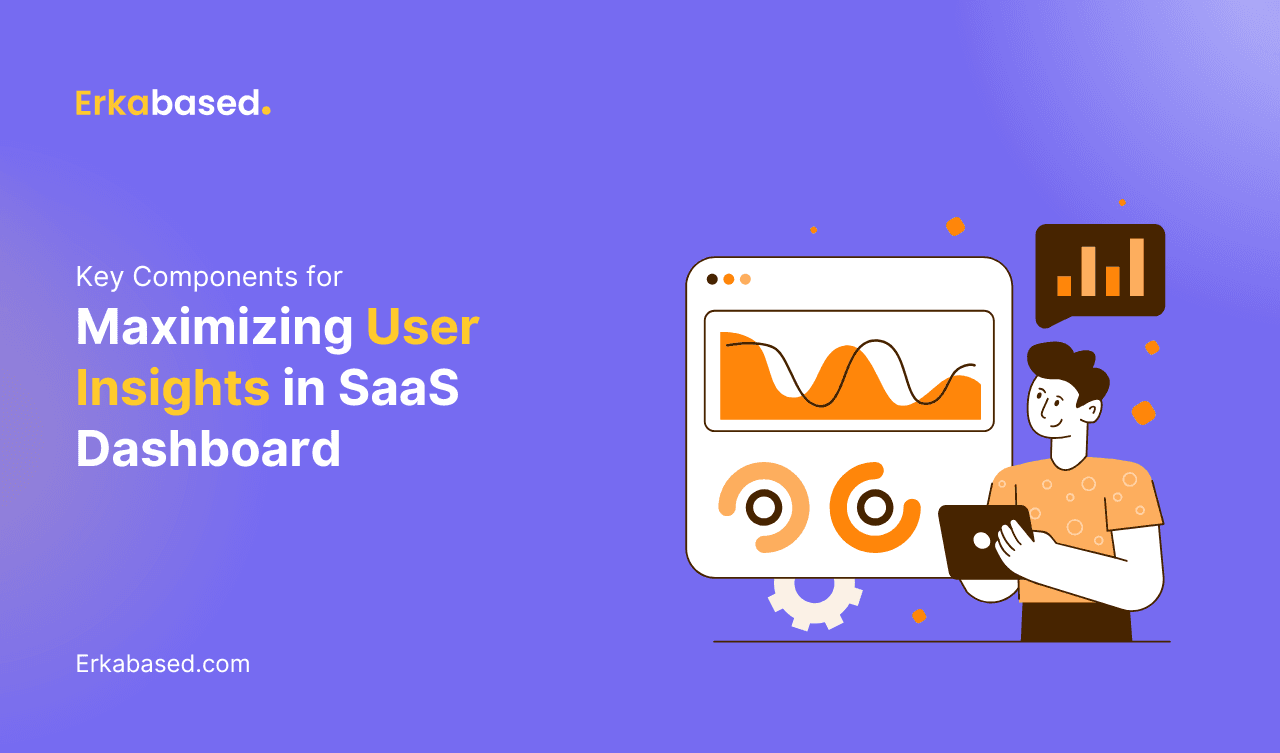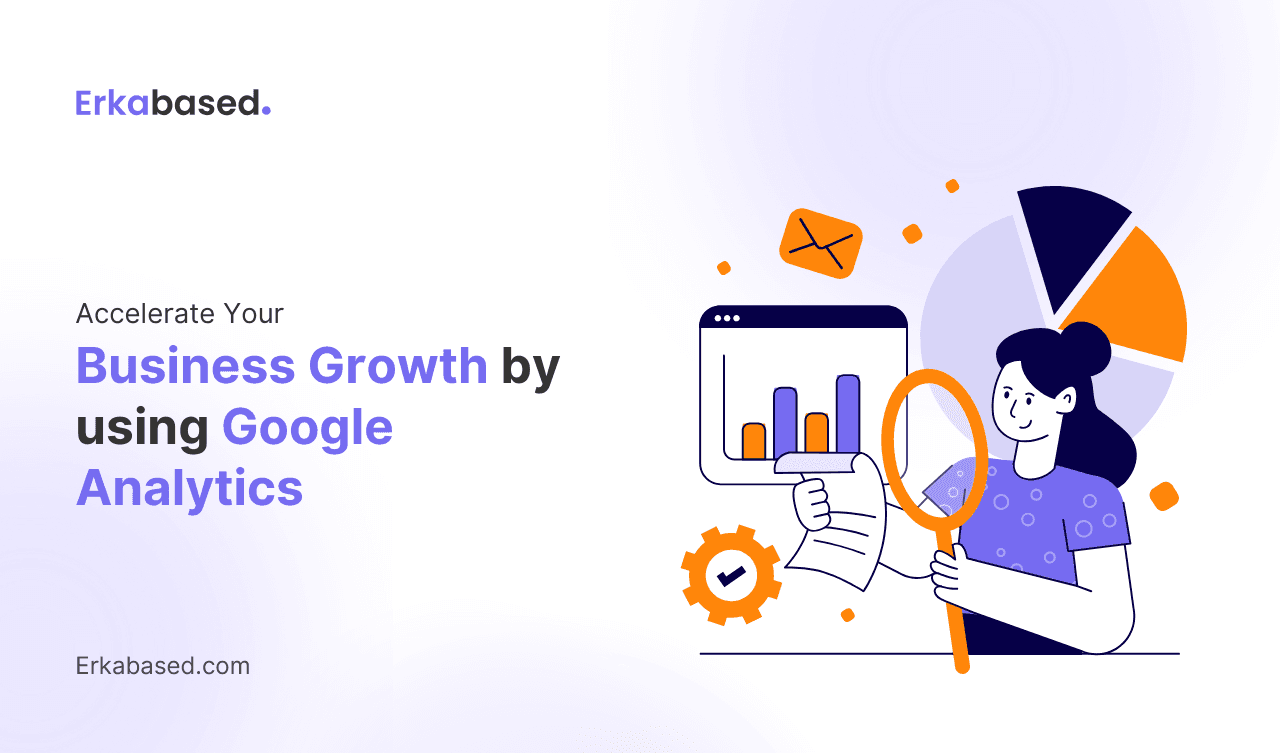Introduction to SaaS
In the ever-evolving world of technology, Software as a Service (SaaS) has emerged as a dominant model for delivering software solutions. The SaaS landscape is booming, with more entrepreneurs and startup founders diving into this thriving market. However, having a brilliant SaaS idea is just the beginning. What really matters is how you turn that idea into a successful and scalable business.
This blog post aims to guide aspiring entrepreneurs and startup founders through the essential steps needed to take their SaaS idea from concept to reality. By the end of this comprehensive guide, you'll have a clear understanding of the SaaS development journey, from identifying a niche to scaling your product.
The Importance of Market Research
Understanding Market Demand
Before diving into development, it's crucial to understand if there's a demand for your SaaS idea. Conducting thorough market research can help you gauge the potential success of your product. Look for gaps in the market or areas where existing solutions fall short. Use tools like surveys, focus groups, and online forums to gather insights from potential users. Additionally, analyze market trends and industry reports to understand emerging needs and challenges.
Competitive Analysis
Analyzing your competitors is equally important. Identify the strengths and weaknesses of their offerings. This will not only help you understand what differentiates your product but also provide insights into market expectations and standards. Use SWOT analysis (Strengths, Weaknesses, Opportunities, Threats) to systematically evaluate competitors. Review their customer feedback and ratings on platforms like G2 and Capterra to understand what users like and dislike.
Finding Your Unique Selling Proposition (USP)
Your USP is what sets you apart from the competition. It could be a unique feature, exceptional customer service, or a more affordable pricing model. For example, Apple's USP is its commitment to sleek design and innovative technology, Amazon's USP is its vast product selection and fast delivery service, and Netflix's USP is its extensive library of original and exclusive content. Clearly defining your USP will guide your development and marketing efforts, ensuring you attract the right audience. Conduct A/B testing to identify which aspects of your product resonate most with your target audience. Additionally, create detailed buyer personas to better understand the unique needs and preferences of your ideal customers.
Planning Your SaaS: Key Considerations
Budgeting
Sound financial planning is fundamental to the success of any SaaS business. Estimate costs for development, marketing, and ongoing operations. Having a well-defined budget will help you manage resources efficiently and avoid unexpected financial pitfalls. Include a contingency fund for unforeseen expenses and plan for different growth scenarios. Use financial modeling tools to project revenue and expenses over time.
Feature Set
Define the core features of your SaaS product. Focus on solving the primary pain points of your target audience. It's tempting to include numerous features, but starting with a streamlined, effective set can save time and resources. Prioritize features based on user feedback and market research. Use a product roadmap to plan feature releases, ensuring continuous improvement and customer satisfaction.
Technology Stack
Choosing the right technology stack is vital for the scalability and performance of your SaaS. Consider factors like ease of integration, security, and future scalability. Popular choices include JavaScript frameworks like React and backend technologies like Nest JS or Express. Evaluate open-source vs. proprietary technologies and consider the long-term implications of your stack choices. Consult with experienced developers or tech advisors to make informed decisions.
Building Your SaaS: Development Strategies
In-House Development vs. Outsourcing
Decide whether to build your product in-house or outsource development. In-house development offers more control and easier communication, while outsourcing can be cost-effective and quicker. Evaluate your team's capabilities against the project requirements before making a decision. Consider hybrid models, where core development is handled in-house while specific tasks are outsourced. Ensure clear communication channels and project management tools are in place to manage remote teams effectively.
MVP Development
Start with a Minimum Viable Product (MVP). An MVP is a simplified version of your SaaS product that includes only the essential features. For example, Dropbox started with a basic video demonstrating their concept, while Airbnb launched a simple website to test their idea. It allows you to test the market and gather user feedback without investing too much time and money upfront. Use iterative development and agile methodologies to refine your MVP based on user feedback. Focus on delivering a high-quality user experience even in the initial versions.
Testing
Thorough testing is crucial to ensure your product is reliable and user-friendly. Implement multiple testing phases, including unit tests, integration tests, and user acceptance testing. Identify and fix bugs early to avoid issues post-launch. Use automated testing tools to streamline the process and ensure consistency. Conduct beta testing with a select group of users to gather real-world feedback and identify any usability issues.
Launching Your SaaS: Tips for Success
Pre-Launch Marketing
Building excitement before your product launch can significantly impact its initial success. Use social media, email campaigns, and content marketing to generate buzz. Offering exclusive previews or beta access can also attract early adopters. Create a countdown to launch and engage with your audience through webinars, demos, and Q&A sessions. Partner with influencers and industry leaders to amplify your reach. Additionally, announce your product in forums like Product Hunt or Indie Hackers for increased visibility and community engagement.
Early Adopter Programs
Early adopters can provide invaluable feedback and help you fine-tune your product. Offer incentives like discounted pricing or additional features to encourage sign-ups. Early adopters often become your most loyal customers and advocates. Create a referral program to encourage early adopters to spread the word. Provide dedicated support and regular updates to keep them engaged and satisfied.
Feedback Collection
Collecting feedback from early users is essential for continuous improvement. Use surveys, interviews, and analytics tools to gather insights. Be open to constructive criticism and ready to make necessary adjustments. Implement feedback loops to ensure continuous improvement. Use tools like NPS (Net Promoter Score) and CSAT (Customer Satisfaction Score) to measure user satisfaction and identify areas for improvement.
Scaling Your SaaS: Strategies for Growth
Customer Acquisition
Acquiring new customers is crucial for scaling your SaaS. Implement diverse marketing strategies, including SEO, content marketing, and paid advertising. Referral programs and partnerships can also drive new customer acquisition. Use data-driven marketing techniques to optimize campaigns and improve ROI. Consider account-based marketing (ABM) for targeting high-value prospects.
Customer Retention
Retaining existing customers is just as important as acquiring new ones. Offer exceptional customer support, regularly update your product, and engage with your community. Happy customers are more likely to renew subscriptions and refer others. Use CRM systems to manage customer relationships and track engagement. Implement loyalty programs and personalized communication strategies to enhance customer retention.
Monetization Models
Choose a monetization model that aligns with your business goals and customer expectations. Common models include subscription-based, freemium, and pay-per-use. Experiment with different pricing strategies to find what works best for your target market. Consider tiered pricing to cater to different customer segments. Use pricing analytics to understand the impact of different models on customer acquisition and retention.
Conclusion
Turning a SaaS idea into a thriving business is a challenging but rewarding journey. By identifying a niche, planning meticulously, building strategically, launching effectively, and scaling intelligently, you can set your SaaS venture on the path to success.
Ready to transform your SaaS idea into a thriving business? Erkabased's expert team can help you navigate every step of the journey, from concept to launch and beyond. Contact us today and let's build your SaaS success story together.



